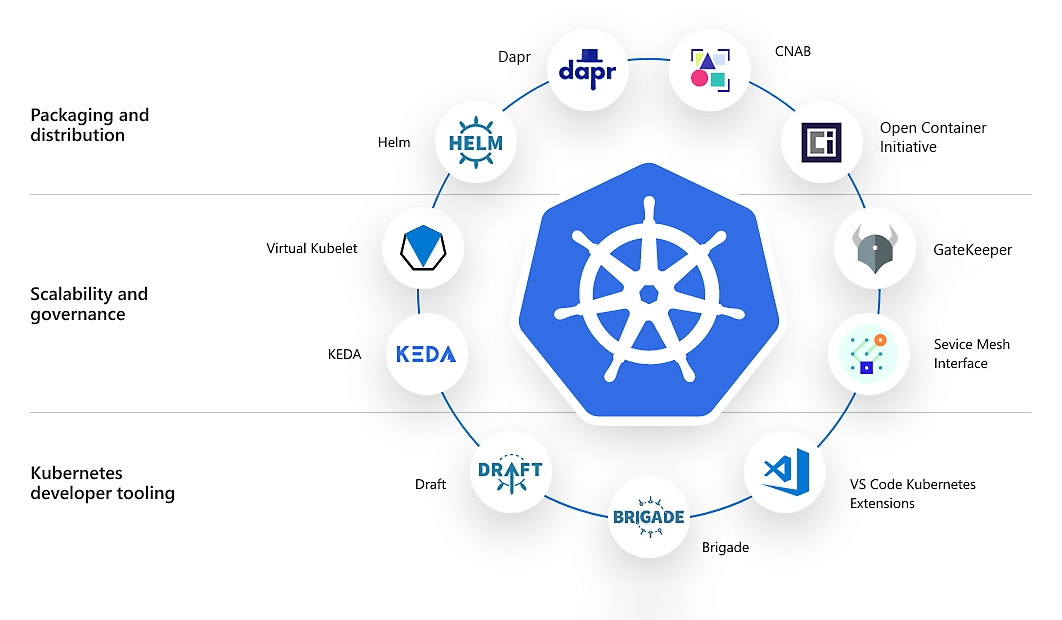Benefits of the Azure Cloud
Here are 10 key benefits of using Microsoft Azure cloud infrastructure: 1. Scalability Azure allows businesses to scale their infrastructure seamlessly to meet demand. Users can quickly add or remove resources, ensuring applications perform optimally during peak usage without overpaying for unused capacity. How Azure Cloud Offers Scalability Azure provides […]
Read more







